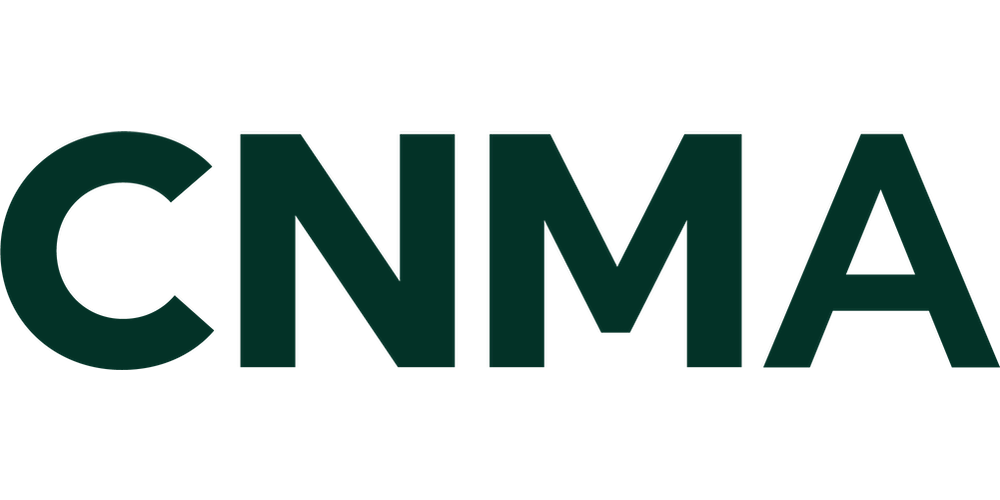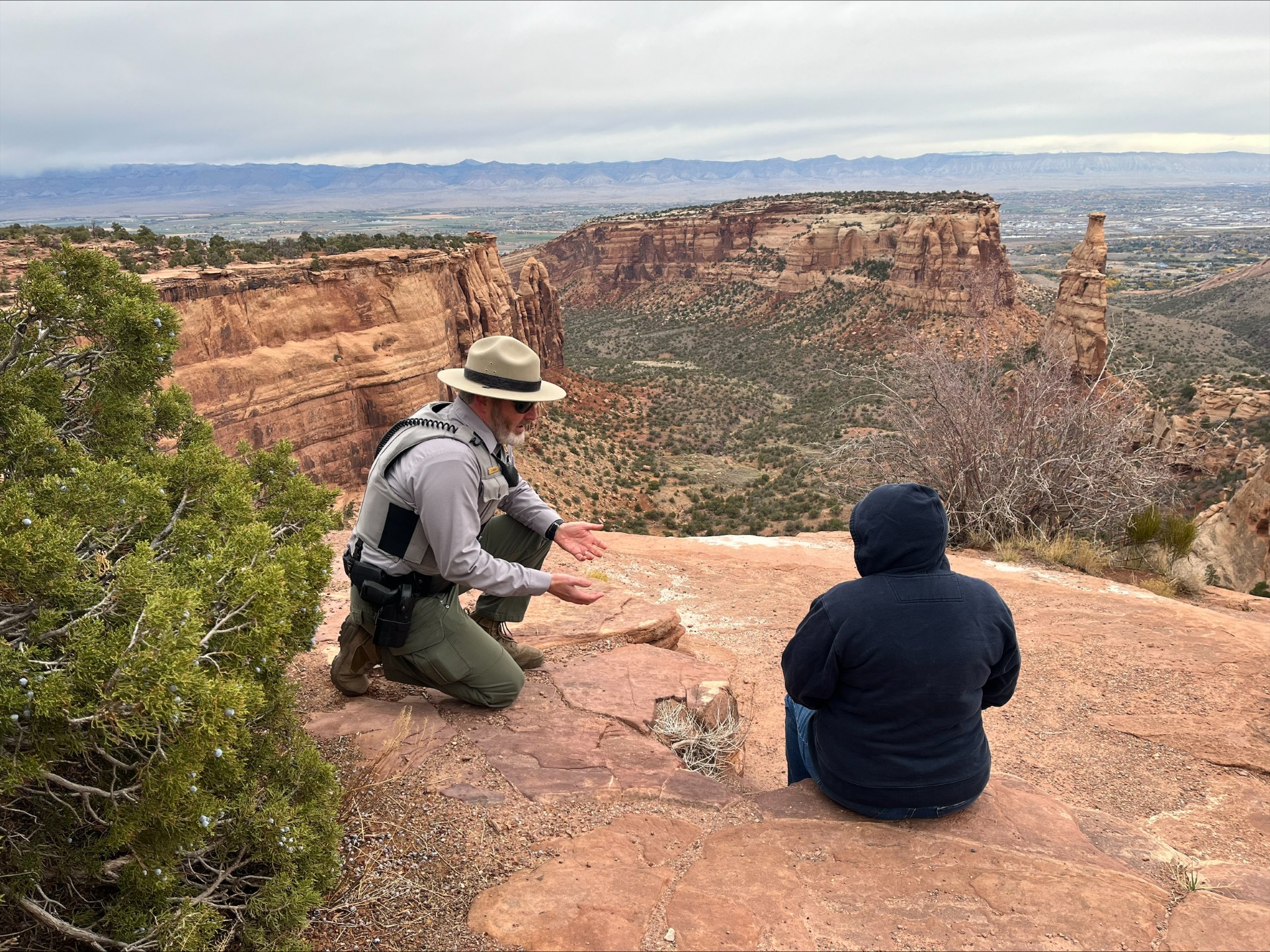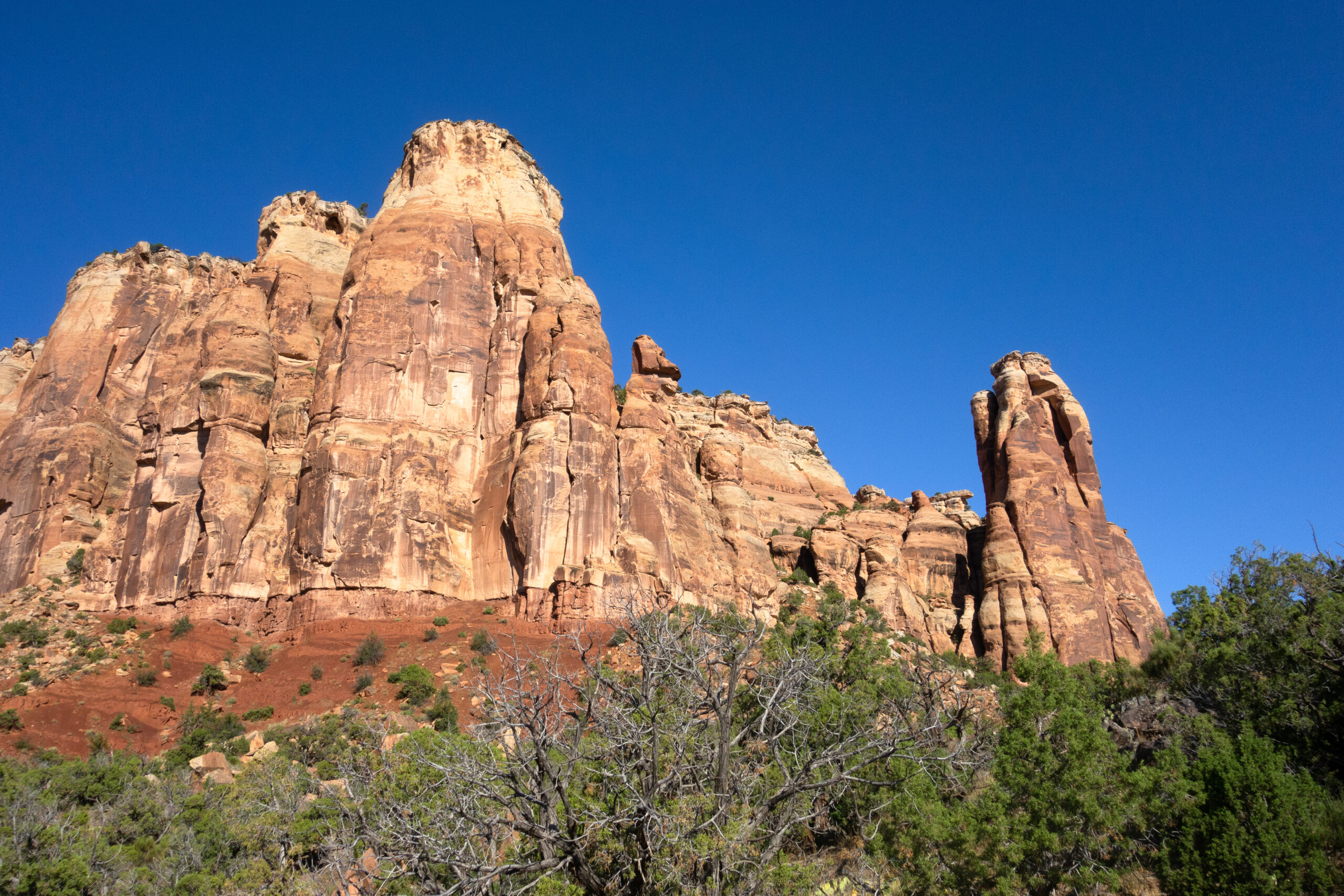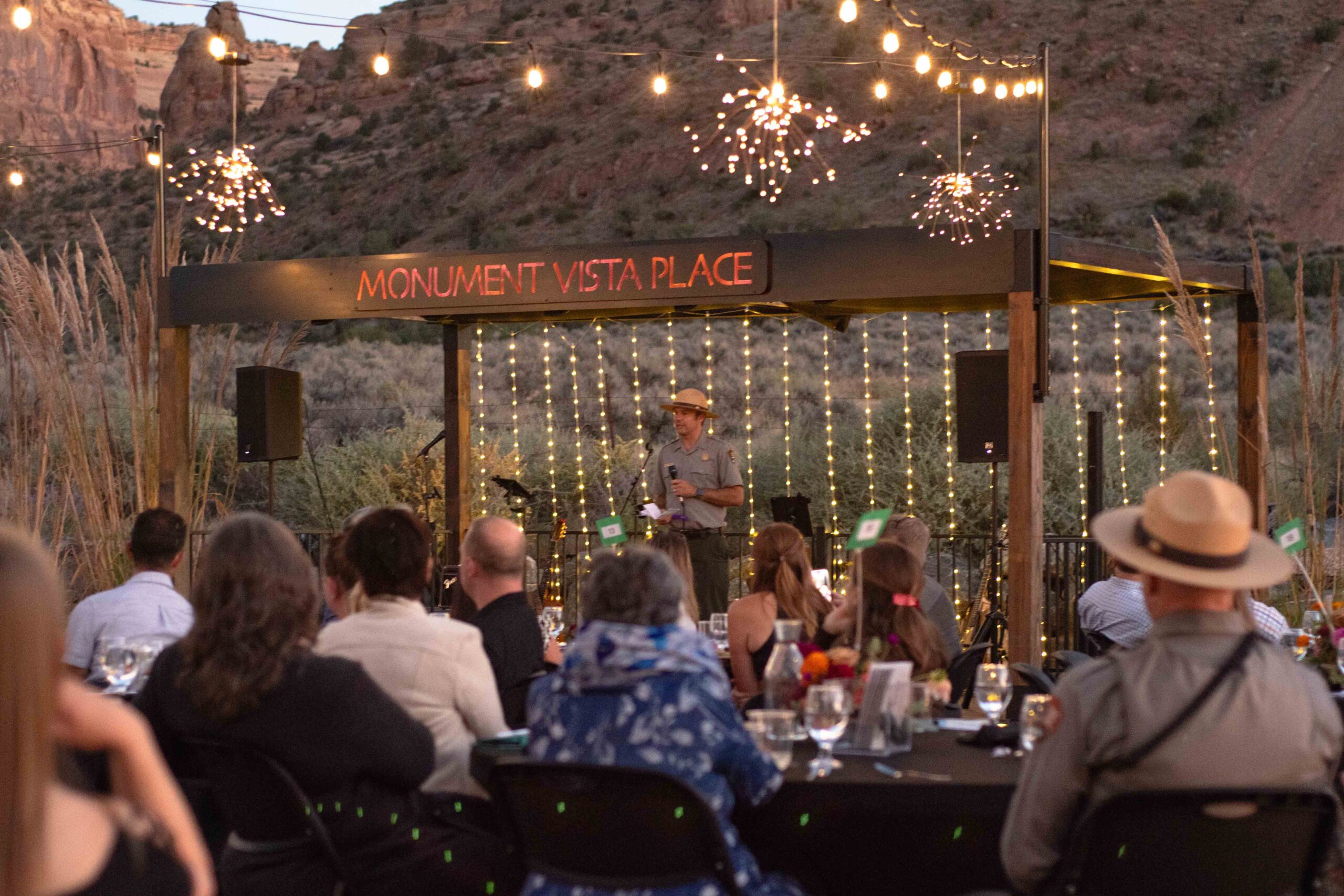11/05/2024 — CNMA Staff
Colorado National Monument Association Funds Archaeology Technician Internship
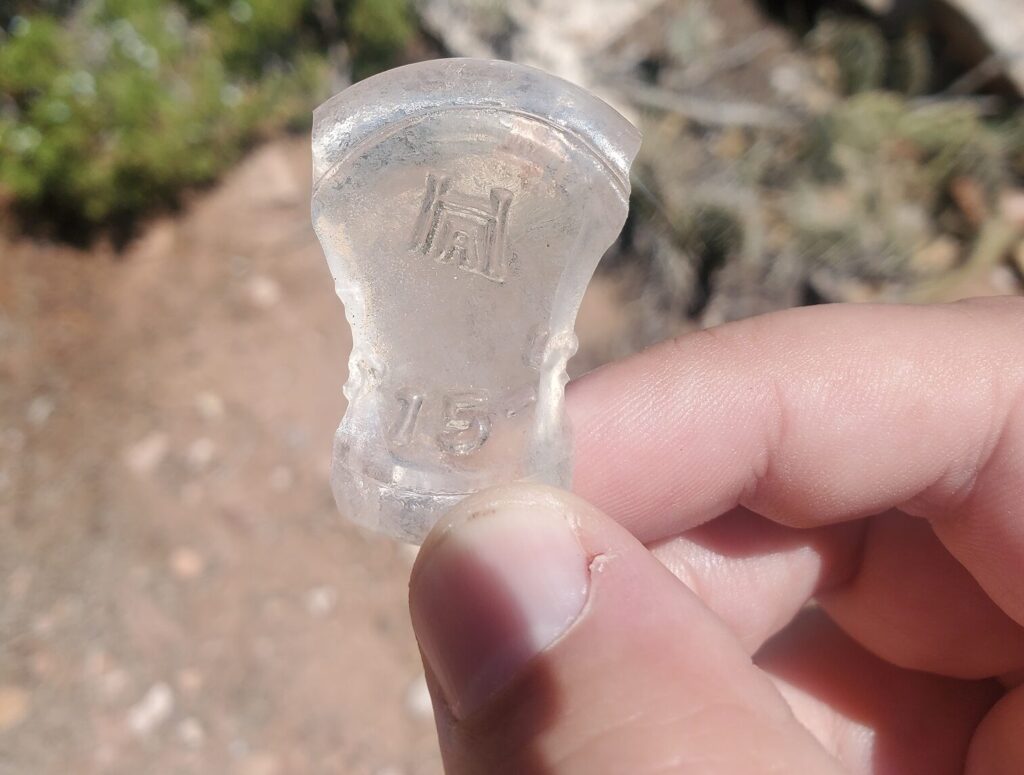
Archaeology Technician Internships Leads to Suprising Find
Colorado National Monument Association (CNMA) funded a six-month archaeology technician internship. Read about the experience and findings here.
Colorado National Monument Association (CNMA) funded a six-month archaeology technician internship at Colorado National Monument. Starting in January, John Faaborg worked alongside the Cultural Resources team and helped in finding, documenting, and preserving the cultural resources of the monument. One surprising find was an abandoned homestead within the monument’s boundary. Read more about their experience below.
—
The mission of CNMA is to enable the National Park Service in its mission of stewardship and preservation of the Colorado National Monument. I am honored to have been selected by the association to help them in this mission. My internship with CNMA started in January as an Archaeology Technician, sponsored by CNMA, with support from the Mesa County Workforce Center. These two organizations helped sponsor a 6-month long internship at the Monument which provided an excellent opportunity to gain exposure to archeology in the federal government.
As an archaeology technician, my job is to help the park’s archeologist in finding, documenting, and preserving the cultural resources of the park. This is a specific type of archaeology known as Cultural Resource Management. In the park we work hand-in-hand with other offices like the Facilities crew to make sure they are able to make repairs and build new structures without damaging cultural resources. My favorite part of this career is that there aren’t any “normal” days, every day provides unique opportunities and experiences, and also lets you see some of the lesser-known parts of the park.
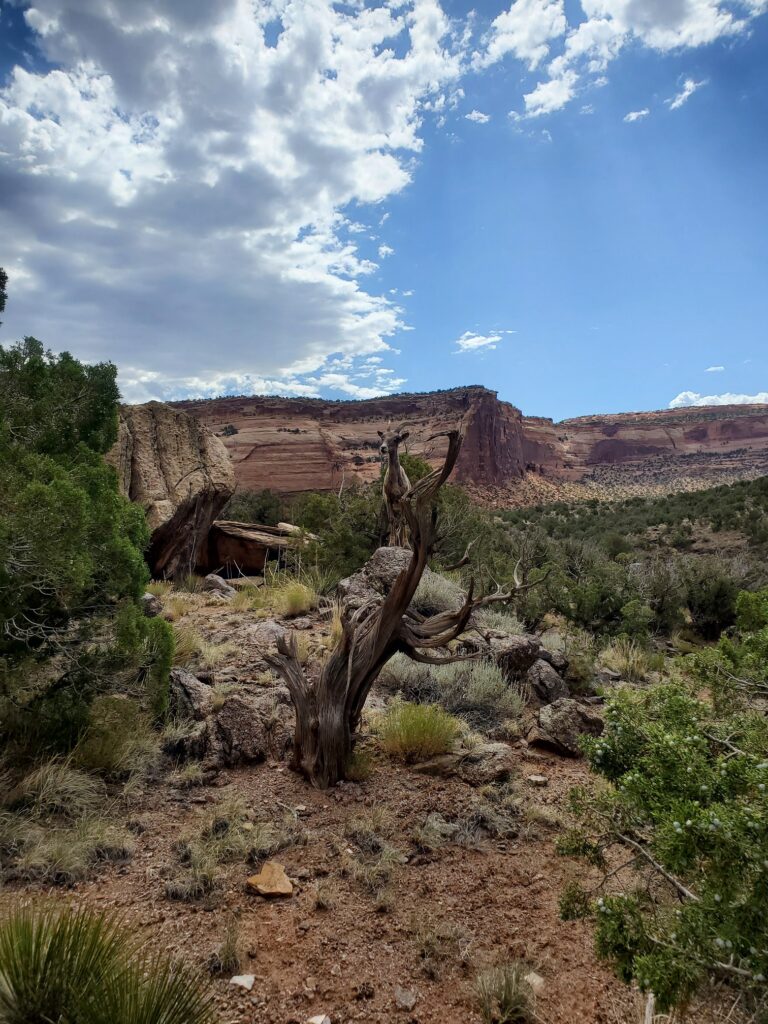
I mostly worked on two projects during my internship: surveys of one of the park’s trails and along a canyon rim near the park’s boundary. When we survey, we walk in a long line side-by-side and scan the ground for any evidence of past human activity. This can range from ancient firepits and arrowheads to relatively modern buildings and car parts, and we found all of these and more during this summer! The oldest objects we found were easily 1000 years old and the most recent were about 100 years old.
One of the most fascinating finds was an abandoned homestead. At first, we thought we had found a small, abandoned road, but as we surveyed, we started finding glass, cans, shoes, car parts, and even an old (empty) container of explosives! The home itself was gone, likely taken to wherever the family moved, but we did find a cistern and a dugout which was likely a root cellar. I found it fascinating because of what we could learn about the site. Distinct features of the artifacts at the site, ranging from maker’s marks on glass bottles to the manufacturing method for cans let us pin down a plausible date range for the site: 1920-1950. We consulted old land ownership records and, to my amazement, were able to find the name of the previous landowner! Turning to the census and other records from this era we were able to narrow down the date range even more and start to tell the story of the site.
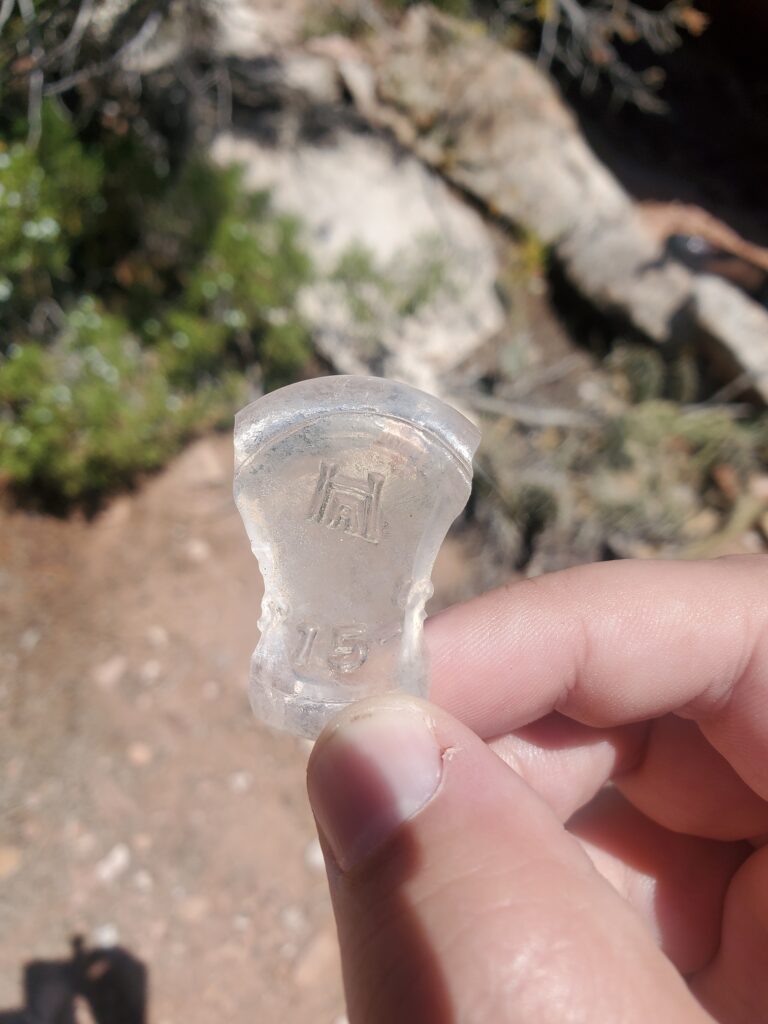
Somewhere between 1927 and 1930 a family with three children moved from Kentucky to Colorado and settled down in lands near the Colorado National Monument. While living in their new home, they improved the land with a road, a house, at least one storage building, and a cistern. They cleared a section of their property, likely to graze cattle or sheep. In 1940 they were granted a formal homestead permit, granting them ownership of the land. During that time, they had 5 more children. It would seem that it was not meant to be though, because only 3 years after receiving their homestead permit the lands were sold back to the federal government, the homestead was abandoned, and the family moved closer to Grand Junction. Of the eight children, the two eldest would serve in the Army and Navy in World War II. Most of the children would leave home and travel to other states to start their own families, but the parents remained in Grand Junction for many decades till they passed away.

The ability to find long lost objects, then use them to tell a story about the lives of people long gone is fascinating and humbling. It is easy to look at an old object or building and forget that there is a deep history for each and every thing we see. This is why protecting cultural resources is such an important job. So, the next time you find an arrowhead buried near a trail, or see rock art up on a wall, take some time to imagine the story behind it. Think about the person who drew that art or created that arrowhead. Imagine the lives they led and the significance of what they left behind. Consider that though we may be separated by hundreds or thousands of years, they lived lives that were just as rich and complex as our own, with triumphs and tragedies just as significant, and loves and losses just as impactful.
—
Our sincere thanks to John for all their work and for sharing their experience!
Learn more about contributing to the Internship Fund to make these priority positions a reality.
